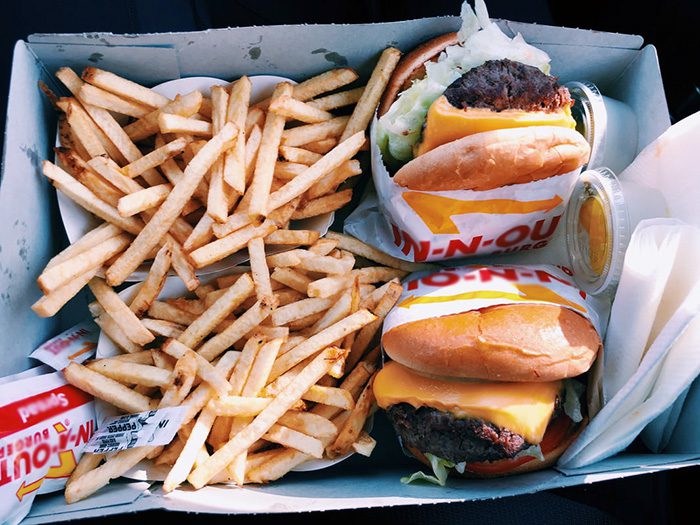The out-of-home (OOH) food environment – from takeaway cafés and restaurants to food delivery services – is a rapidly expanding sector across the entire WHO European Region.
Evidence suggests that the nutritional content of food available in the OOH sector is higher in energy, saturated fats, sugar and salt, and is sold in larger portion sizes than retail equivalents. Yet the evidence base across the Region is not yet sufficient for developing policies to improve this.
At the same time, the expanding OOH sector brings increasing risks of food contamination and calls for enhanced attention to the management of food safety.
Action is needed to build countries’ capacities for collecting quality data, sharing resources and adopting best practices. This will facilitate the creation of guidance on issues such as making healthier options readily available, establishing portion sizes, regulating the digital environment (including meal delivery apps), and reducing food contamination risks. Such measures could contribute to improving population health.
Expertise and evidence urgently needed
Recognizing the need for information to develop impactful policy, WHO/Europe organized an expert meeting in June 2021 with the participation of several Member States to assess and develop policy guidance for the OOH sector.
Setting the groundwork to map and better understand the OOH food sector in the Region is the first important step towards devising strategies to create a Region-wide evidence base on which to assess the OOH food sector and develop policy.
This topic and related themes will also be discussed in the context of wider food systems during the United Nations Food Systems Summit on 23 September 2021, initiated by the United Nations Secretary-General. The event aims to provide new ways to make food systems more inclusive, responsible and healthy, while contributing to reaching the Sustainable Development Goals by 2030.
OOH food: undefined and popular
At the virtual meeting in June, convened by the WHO European Office for the Prevention and Control of Noncommunicable Diseases (NCD Office) and Public Health England, the evidence presented and follow-up discussions made it clear that OOH food is increasingly popular and that the market is growing rapidly. Without regulation, this can pose a real threat to consumer health.
In France, for example, nearly 10 billion meals consumed in 2018 were from OOH outlets. In Spain, over a third (34%) of expenditure on food was in the OOH sector.
The OOH sector includes meal delivery apps, which have increased their market share, particularly during the COVID-19 pandemic. In Great Britain (United Kingdom), the food delivery market grew by £3.5 billion in 2019, reaching £5.9 billion in 2020. Globally, the food delivery market is set to increase from US$ 35 billion in 2018 to US$ 365 billion by 2030.
Large portions, little regulation
At the meeting, countries highlighted a concerning lack of quality data, particularly regarding nutrition and portion size. Existing evidence is cause for concern. For example:
- fast food in France, where consumption levels are high, has poor nutritional content compared to national guidelines;
- in the Netherlands, portion sizes of pizza in the OOH sector are larger than their supermarket counterparts; and
- in Spain, 71% of the OOH market share is held by bars, cafés and restaurants, which are not obliged to provide detailed nutritional information.
This shows the need for more research on the OOH sector, as well as clear packaging and serving guidelines and recommended portion sizes for these products throughout the Region.
“Meal delivery apps are another part of the OOH sector that brings challenges. Some of these apps may provide incorrect or insufficient nutrition information to their customers, and this can significantly impact their choices – and therefore health risks,” said Dr Kremlin Wickramasinghe, Acting Head of the NCD Office.
With use of meal delivery apps increasing, the risk of ready-to-eat food being subject to unsafe temperatures, cross-contamination, and exposure to microbiological, chemical and physical hazards also increases.
“Our current level of understanding is inadequate to develop relevant policies. WHO/Europe will continue to facilitate this dialogue among Member States and other stakeholders to advance the agenda in this area,” added Dr Wickramasinghe.
Dr Alison Tedstone, Chief Nutritionist for Public Health England, explained, “Before COVID-19, most people were regularly eating out, and over the past year due to restrictions, we’ve seen the takeaway delivery market booming. So it’s now potentially easier than ever to consume more calories than we need through convenience. There is limited international policy in this space, so working together to tackle data quality challenges and sharing policy innovation are key if we are going to shift the dial.”









